
Learning Farm Animal Names is our focus on RUE Episode 42 Farm Animals Part 3. We feature a video clip about farm animals and share strategies for remembering those animal names. This episode also includes some idioms and common sayings. English has some fun animal sayings involving farm animals, and we get to learn some of those in this episode. We also go to basic geometric shapes to help us describe farm animals. We’re setting up the foundation for reporting on wild animals, which will follow in future episodes.
Watching Episode 42
You can watch the entire Episode 42 of Ramping Up your English as seen on TV by clicking on the link below.
View by segment
You can also view this episode in segments of about 10 minutes each. Segment One can be seen by clicking here.
Watch Segment 2
Videos Used in This Episode
We used some video clips to help support today’s lessons. We first showed Farm Animals, part 2. Click here to watch that video clip. View the same video on archive.org with no ads. Click here to watch or download the video.
Language Objectives
Identify common farm animals from pictures in English. Identify basic geometric shapes from pictures in English. Describe common farm animals using basic geometric shapes that resemble animal body parts.
Academic Content Objectives
Math: Identify basic geometric shapes. Animals Science: Identify common farm animals. List main body parts of common farm animals. Describe common farm animals by approximating to geometric figure that most resembles the animal’s body or body parts.
Animal Idioms and Names
In Segment 2, we learned some special names for animals as well as some saying that are idiomatic – not literal. Here are some examples:
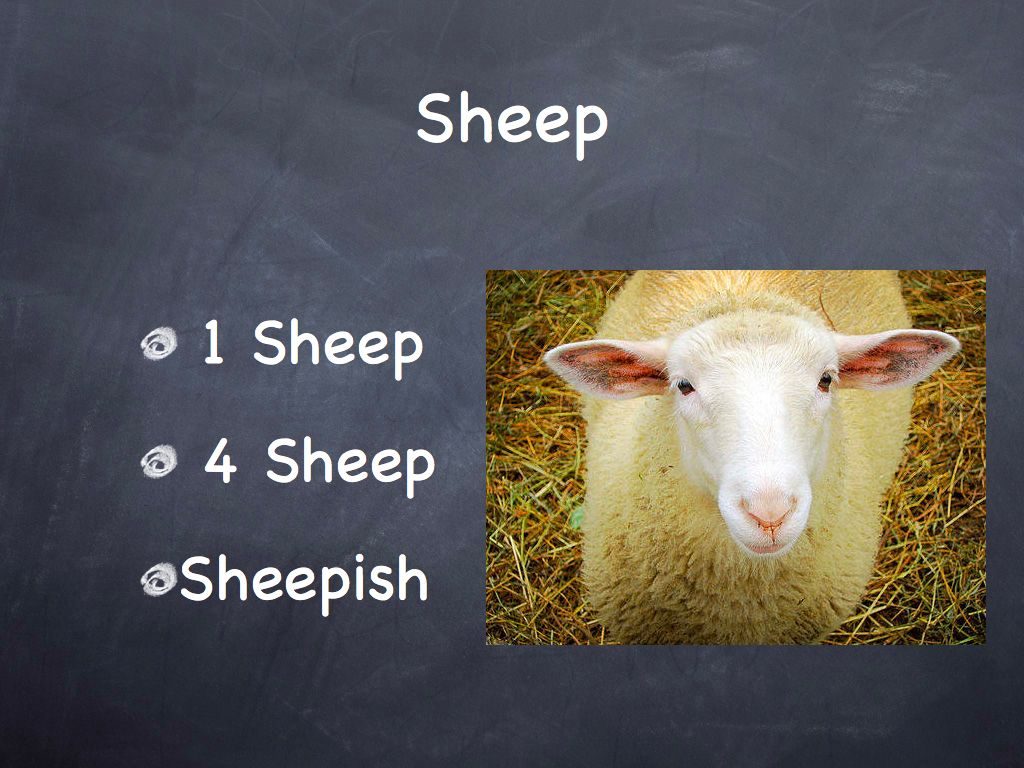
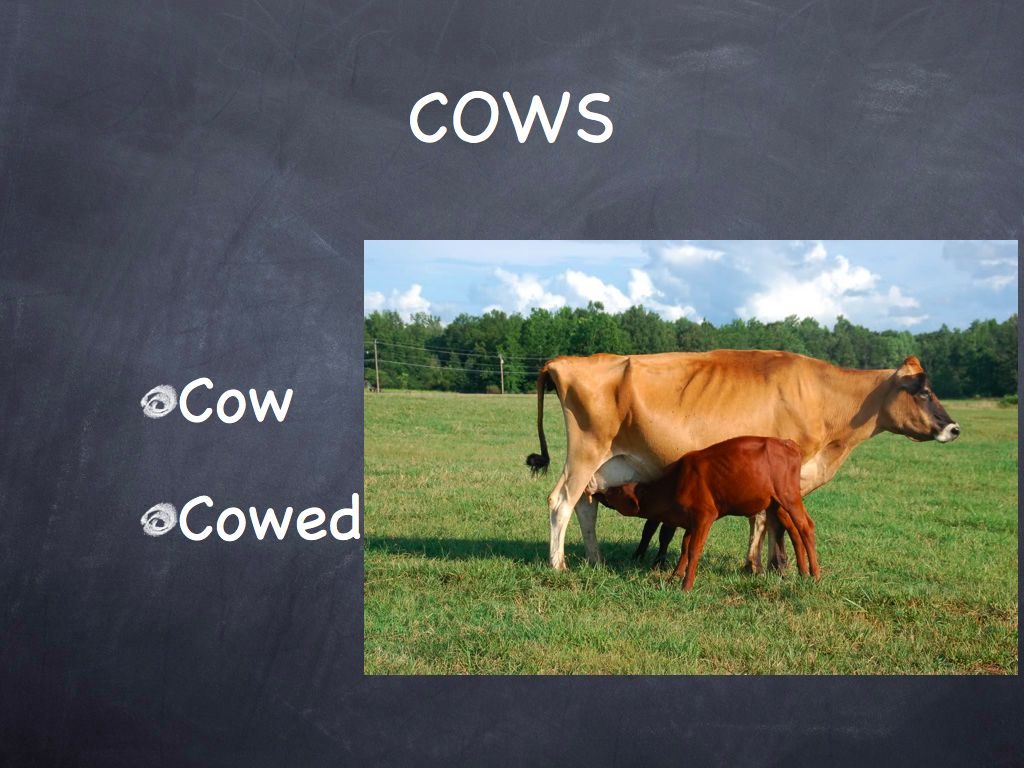
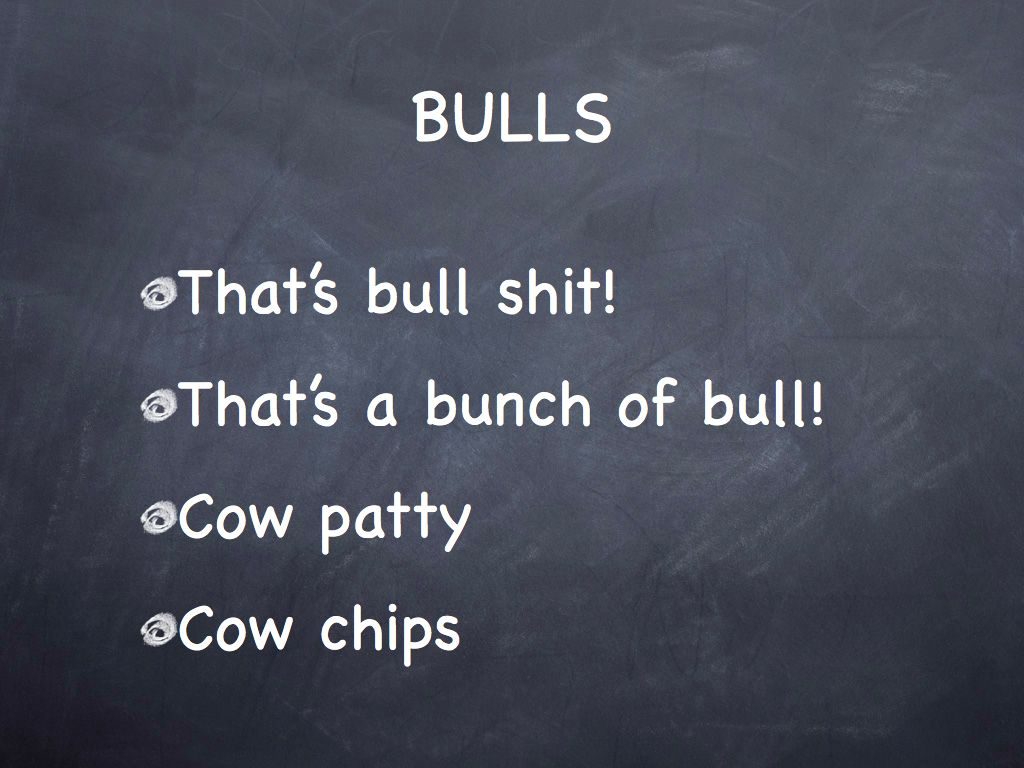

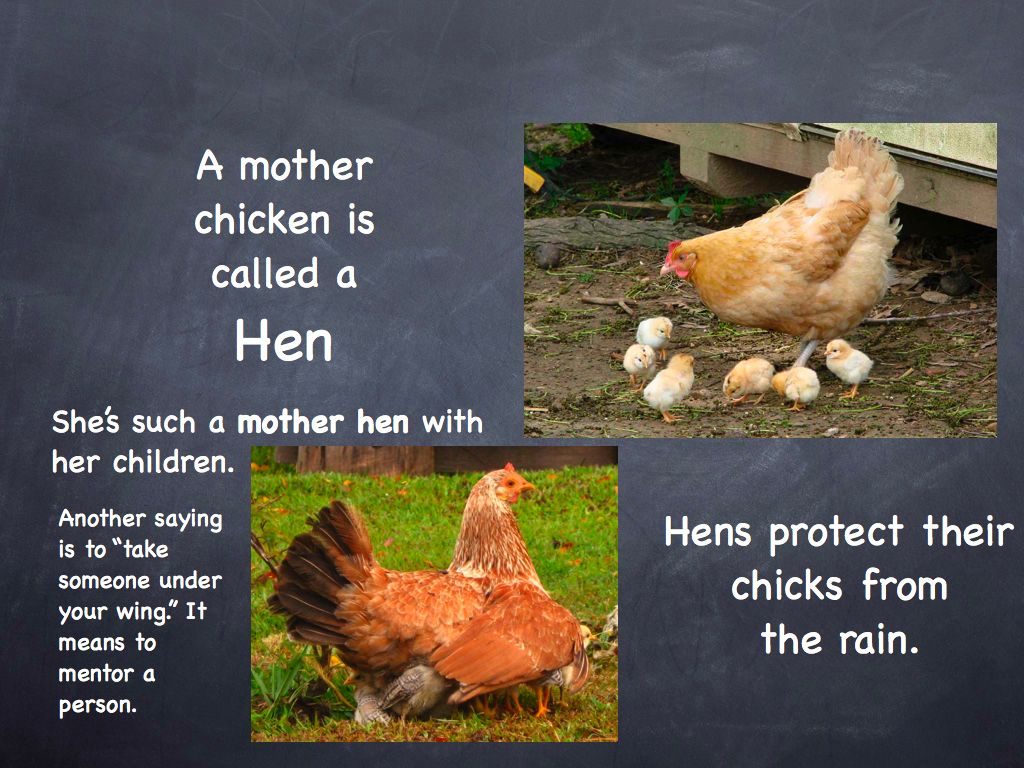
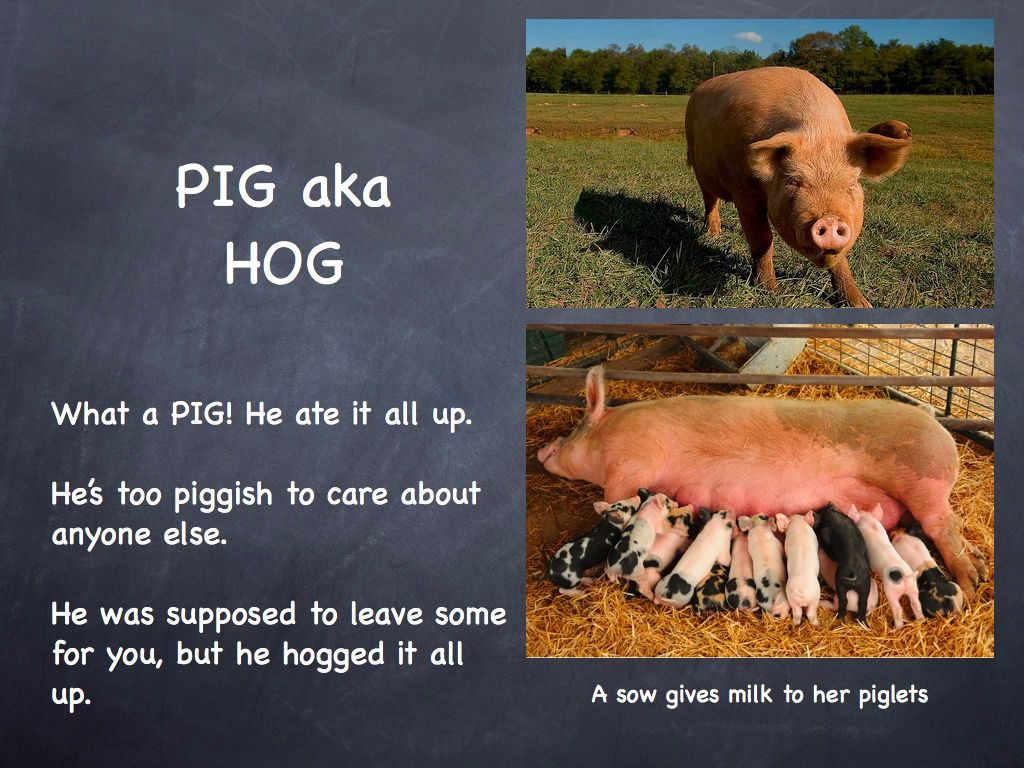
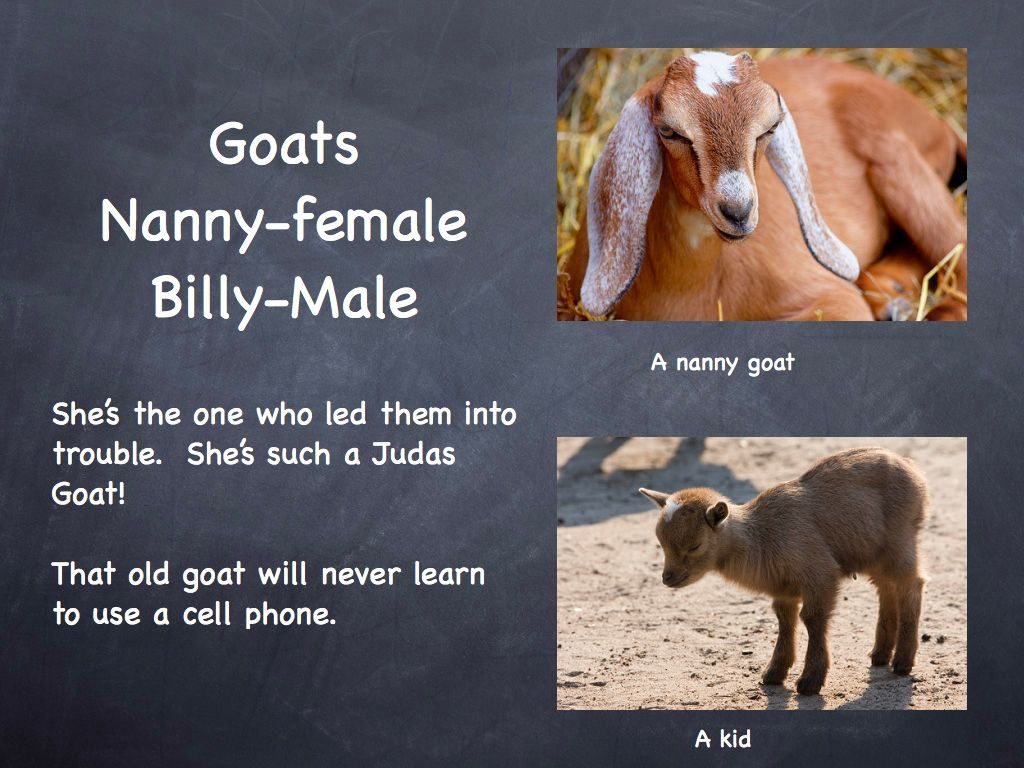
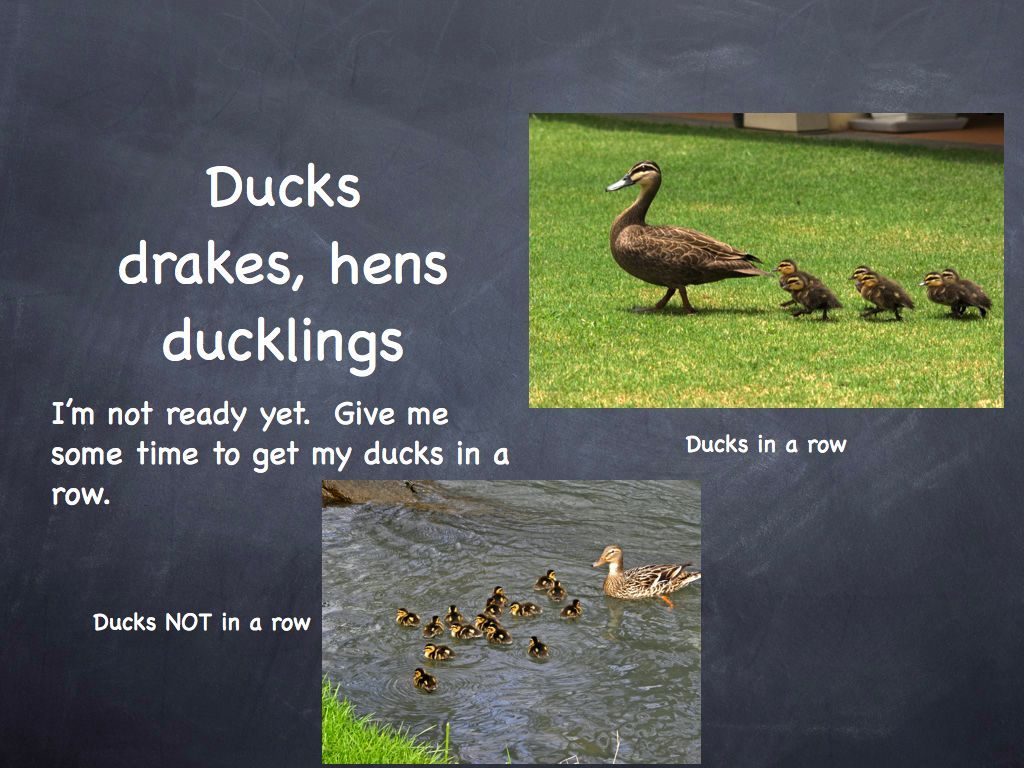
Description Using Geometric Shapes
Basic geometric shapes can help in describing the physical characteristics of animals. Here are some common basic geometric shapes:


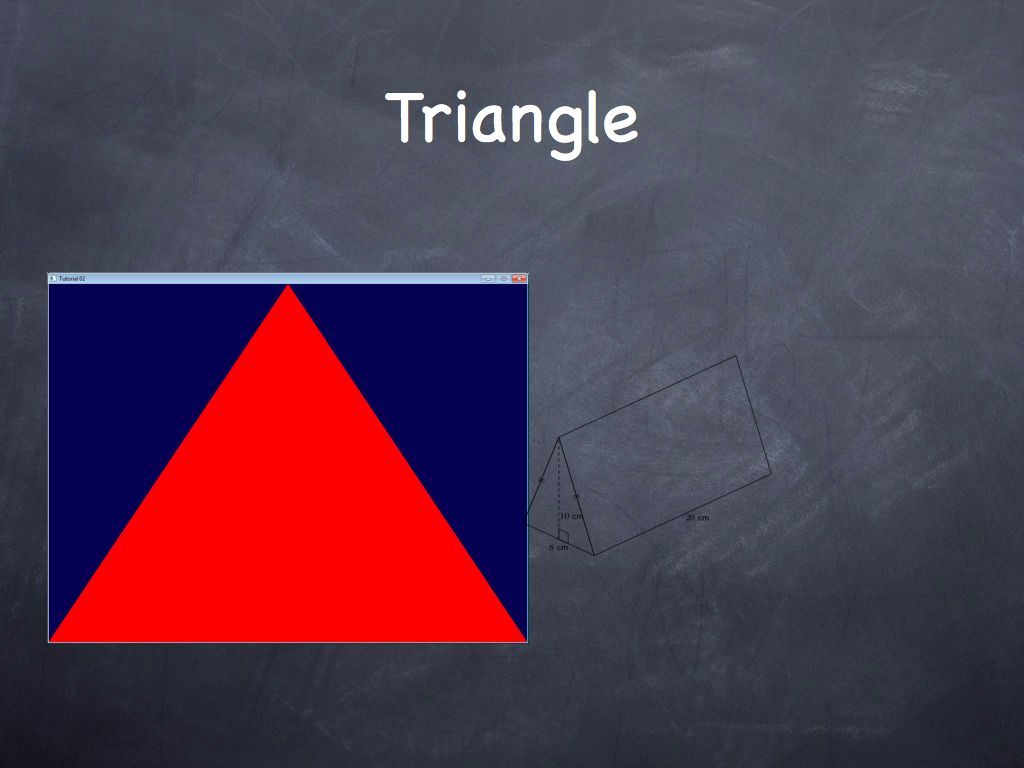
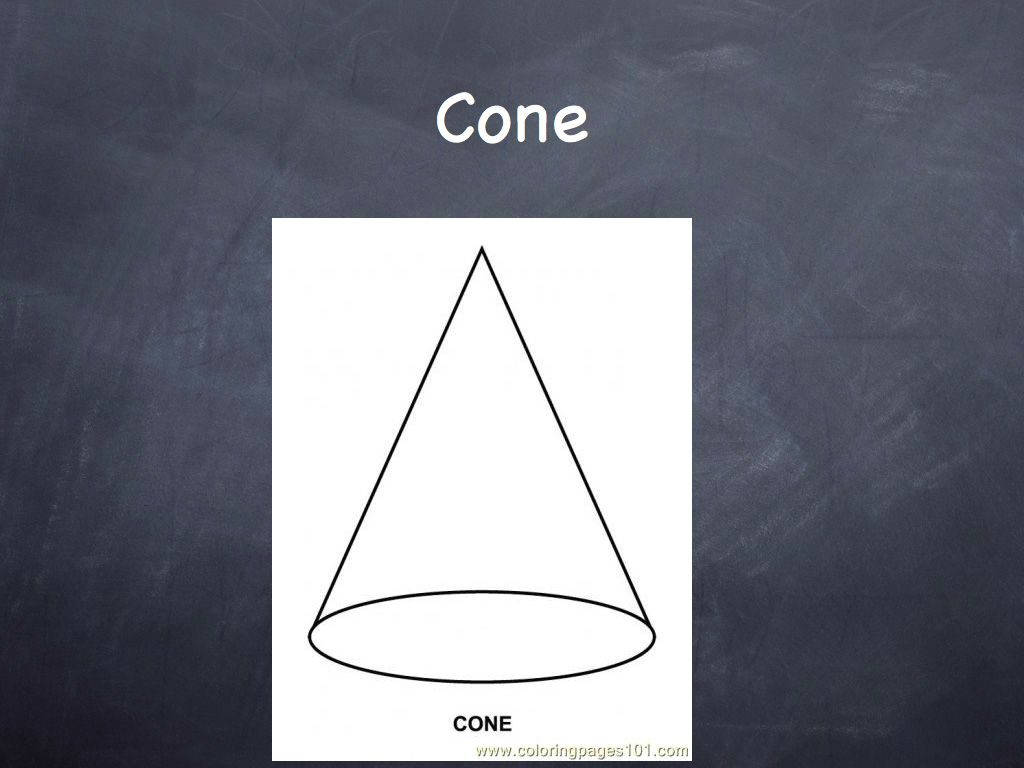
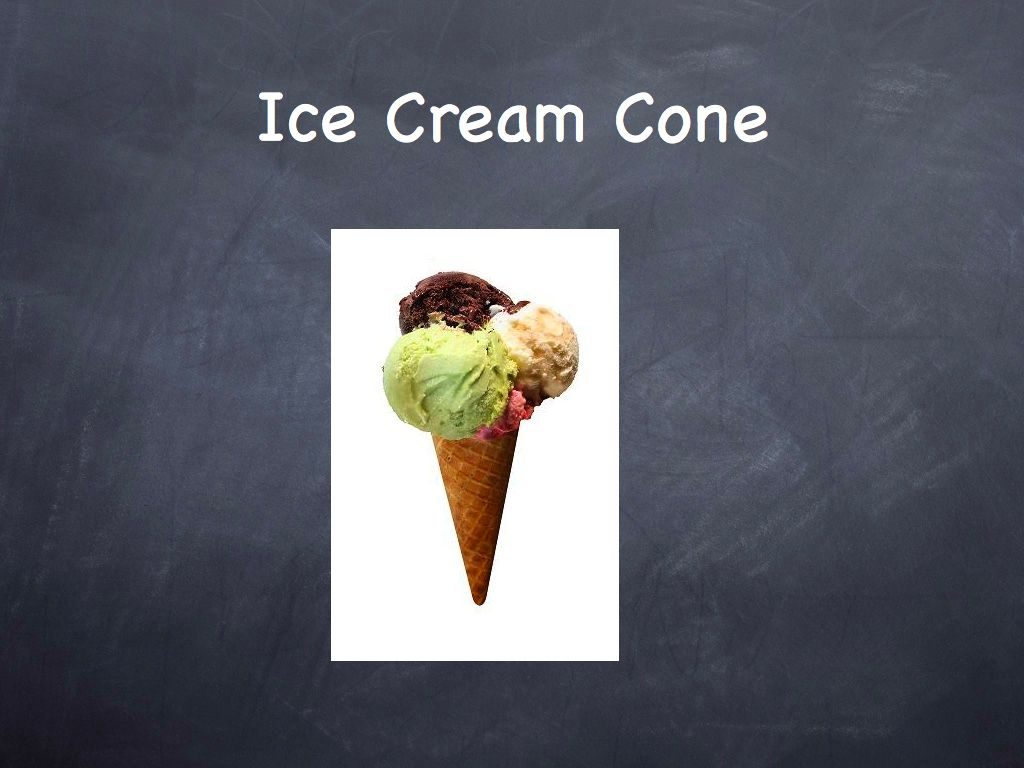

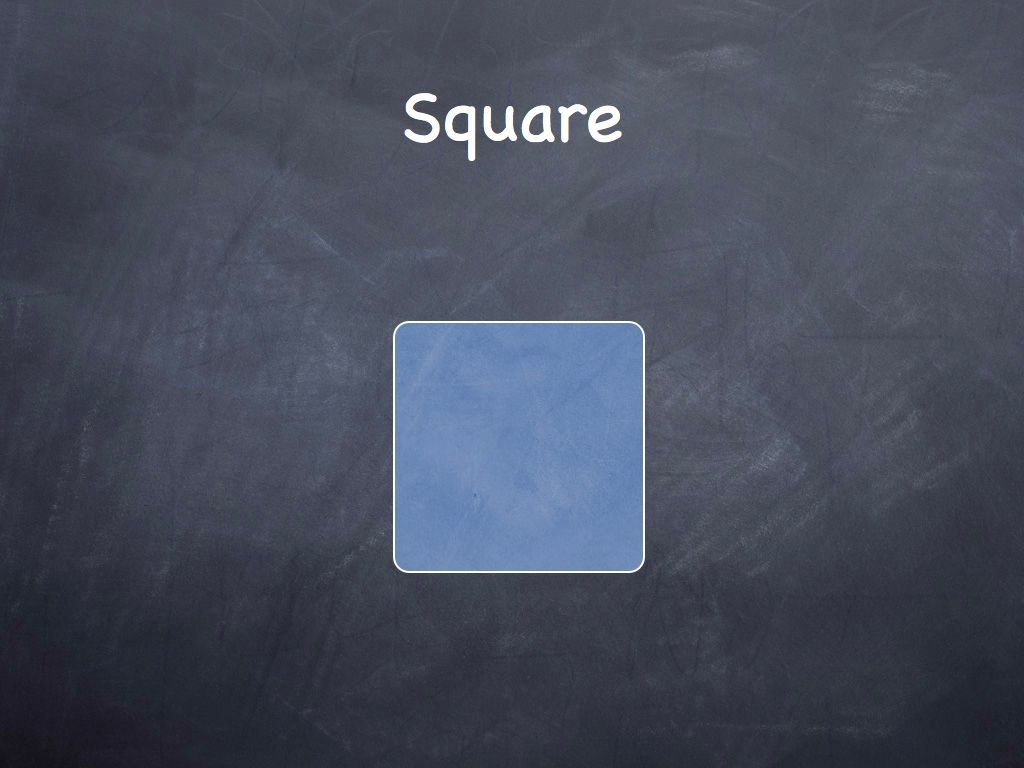
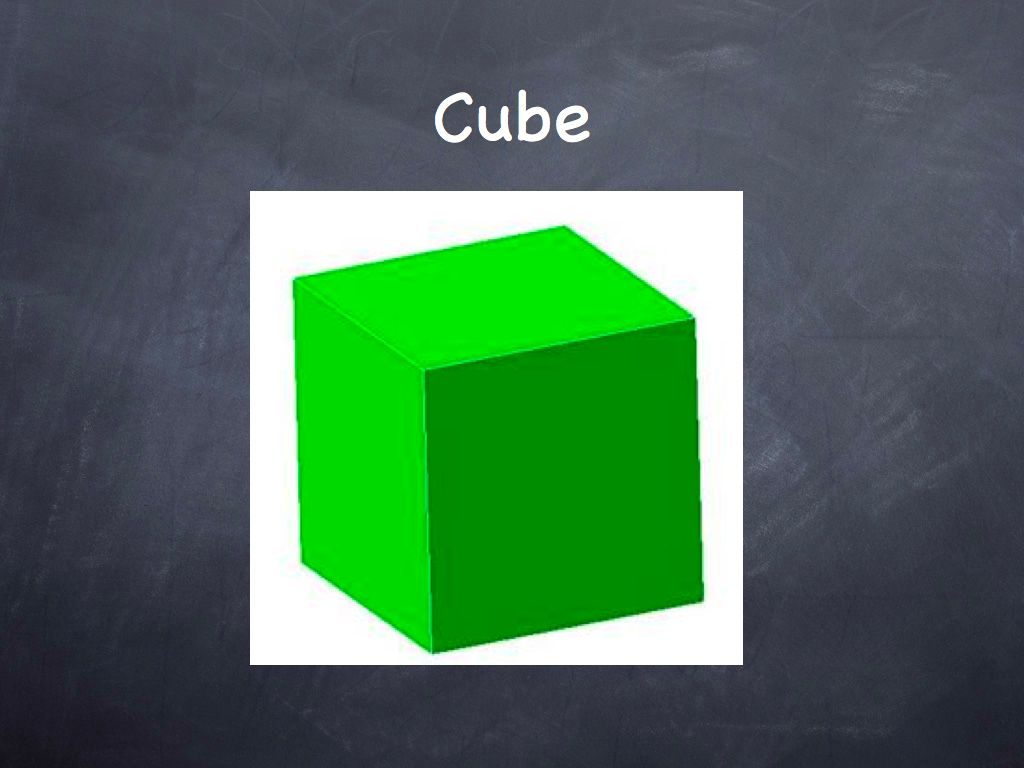
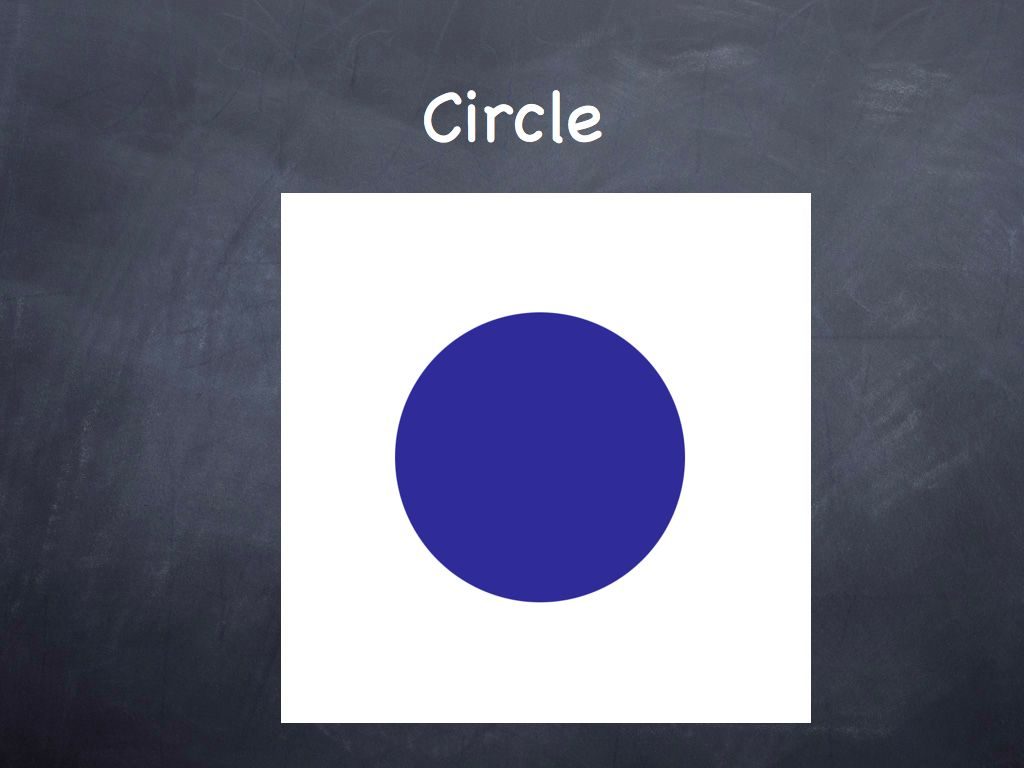
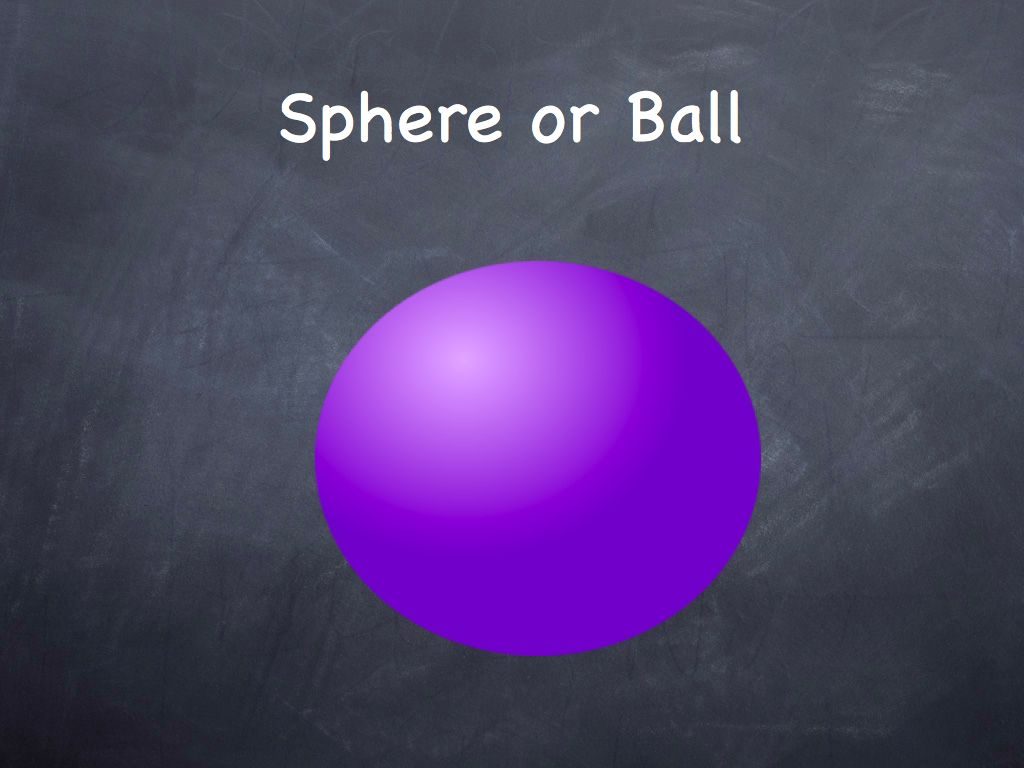
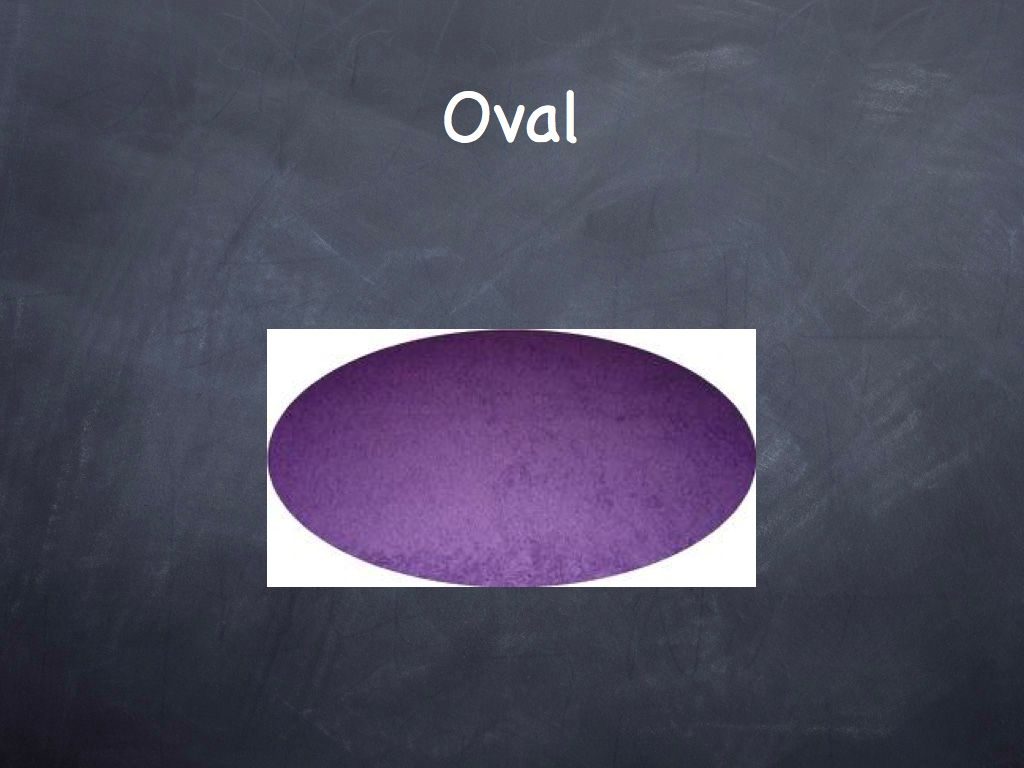

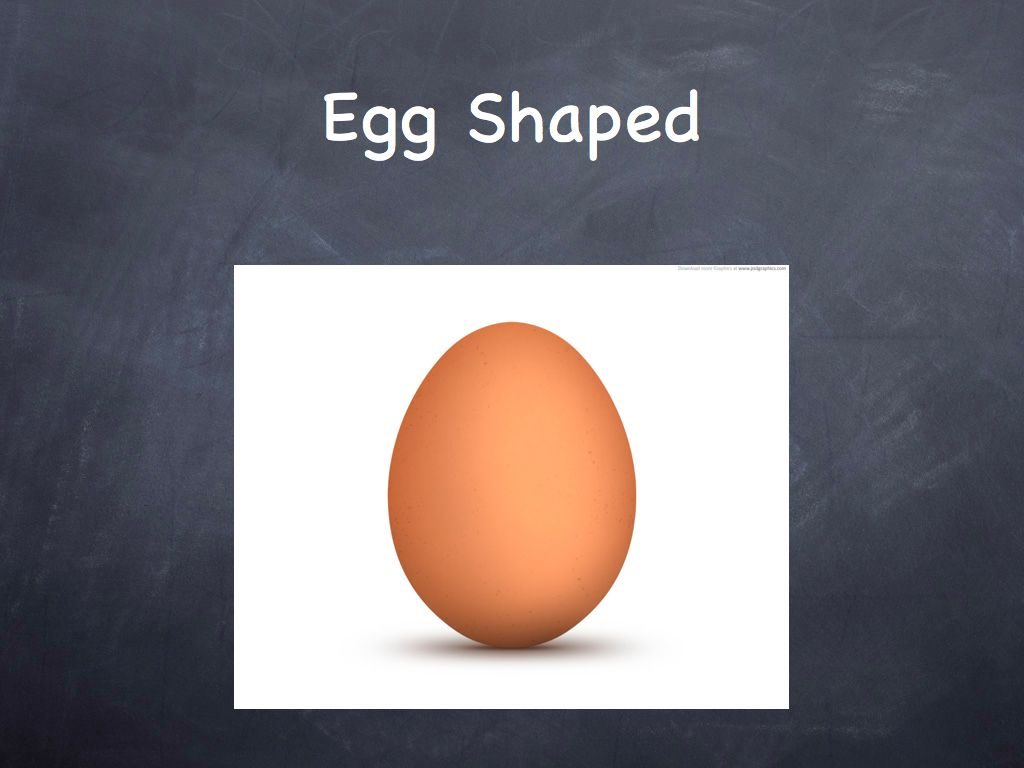
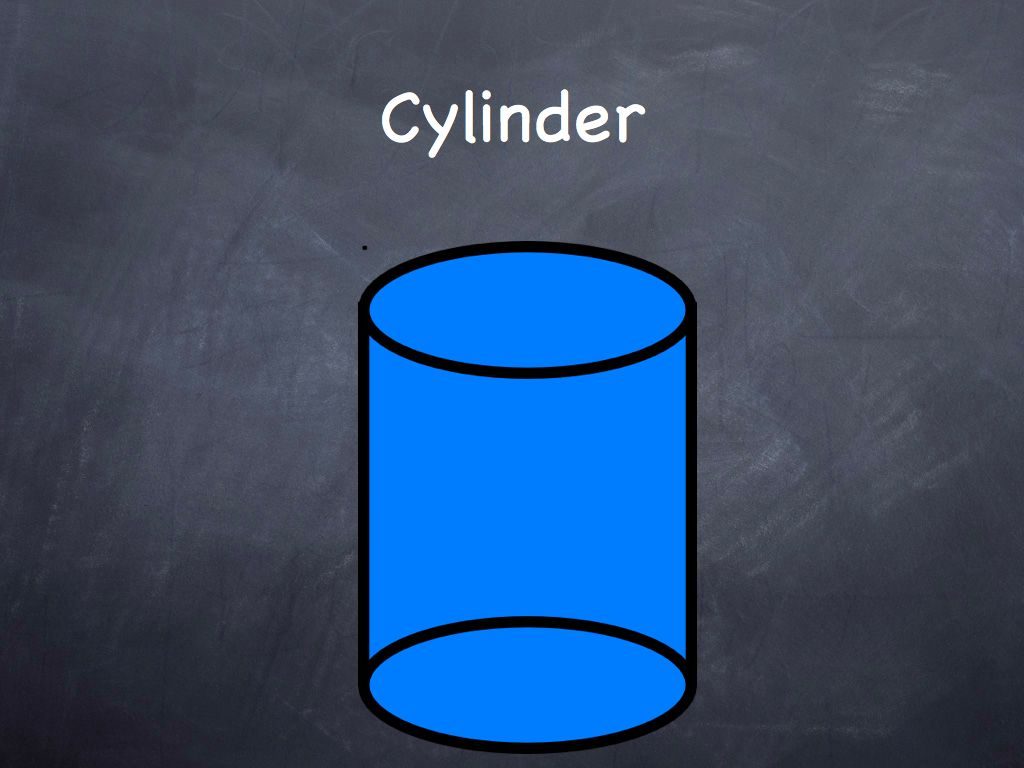
Geometric Shapes in Animals
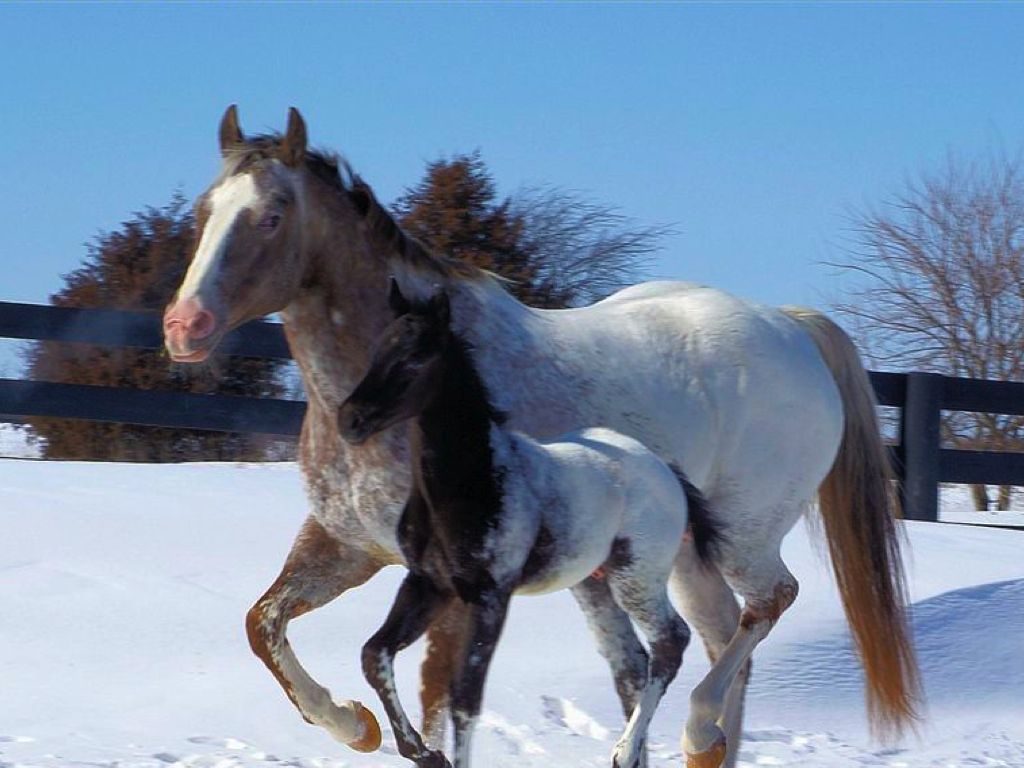
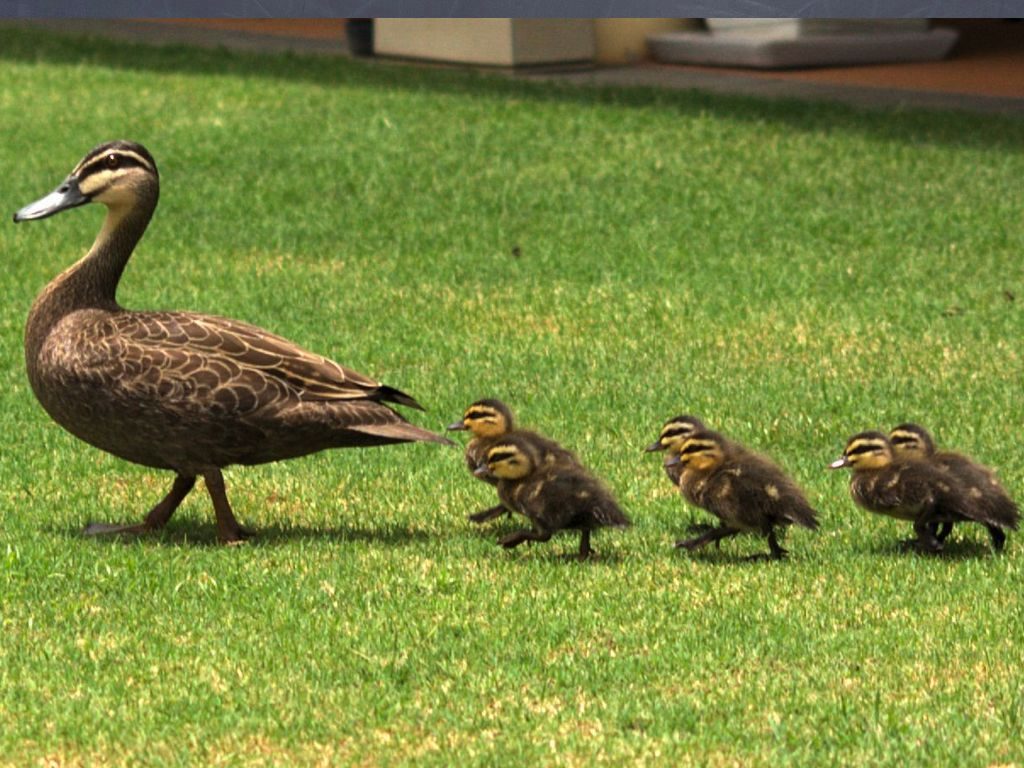
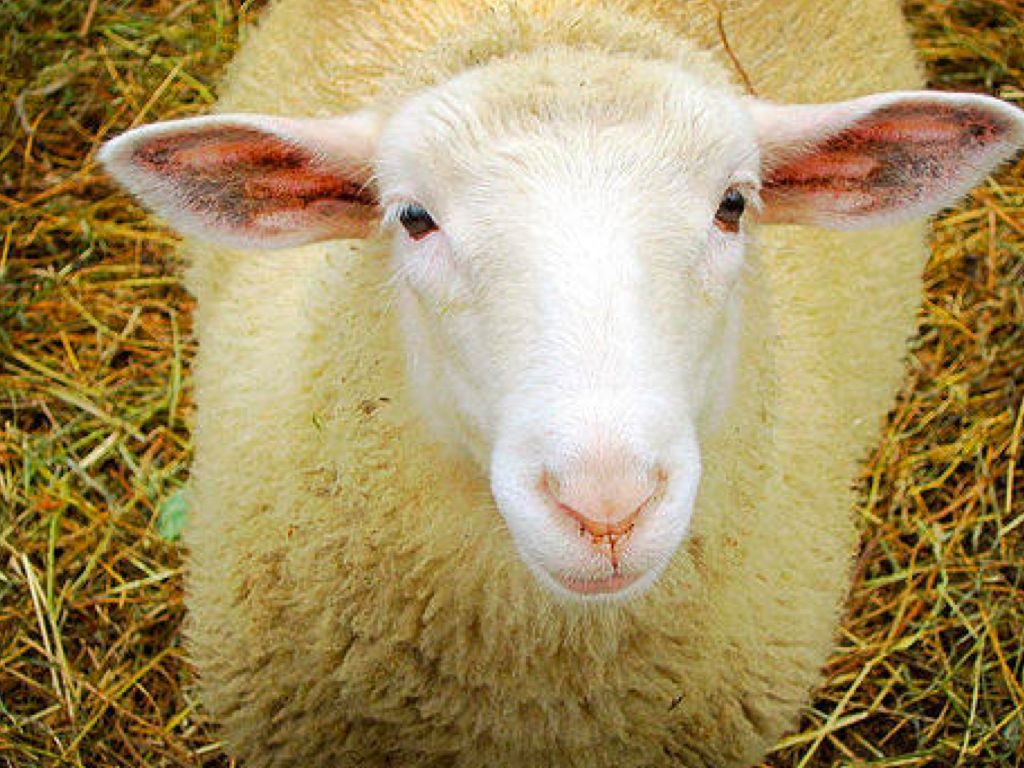
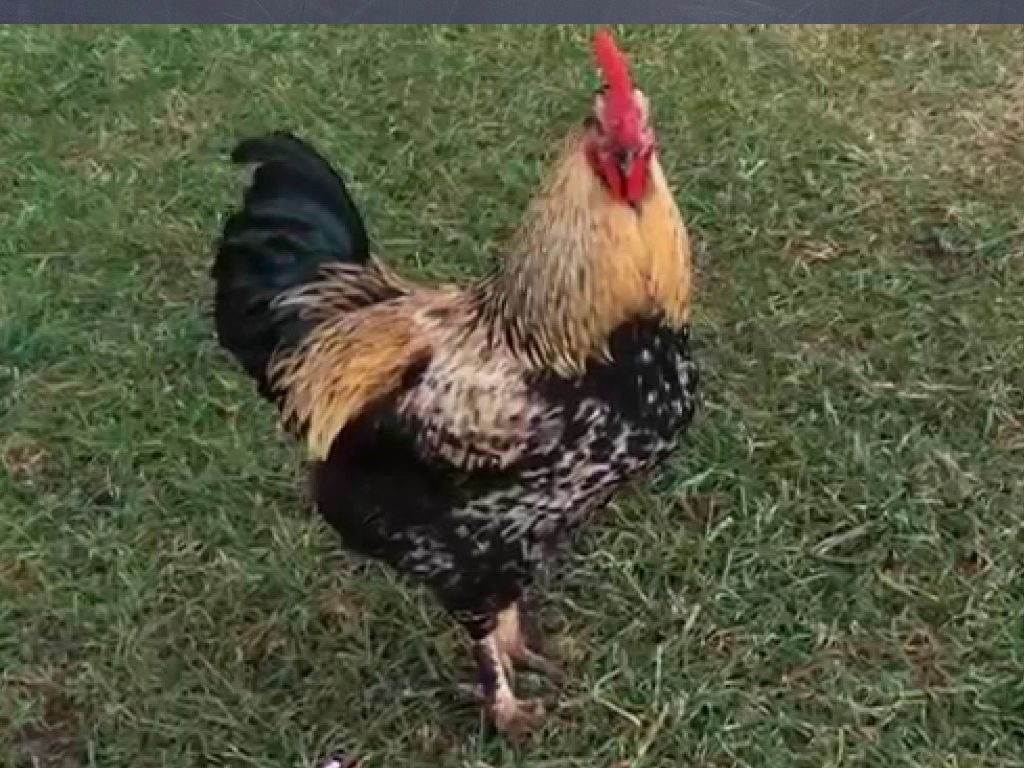
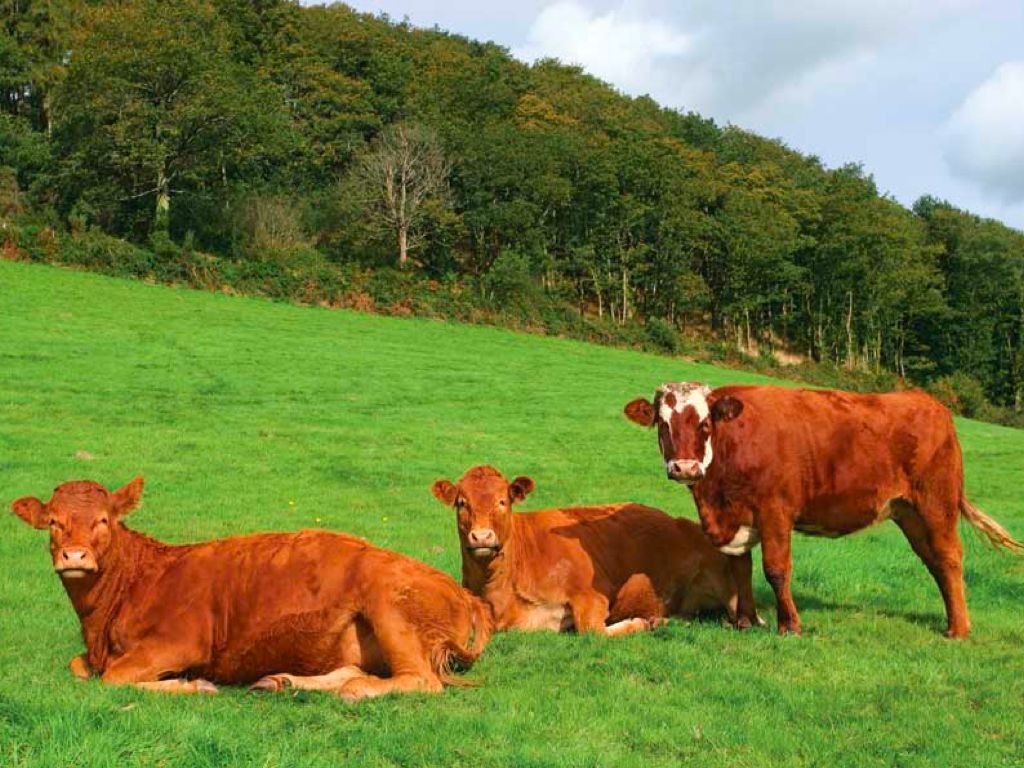
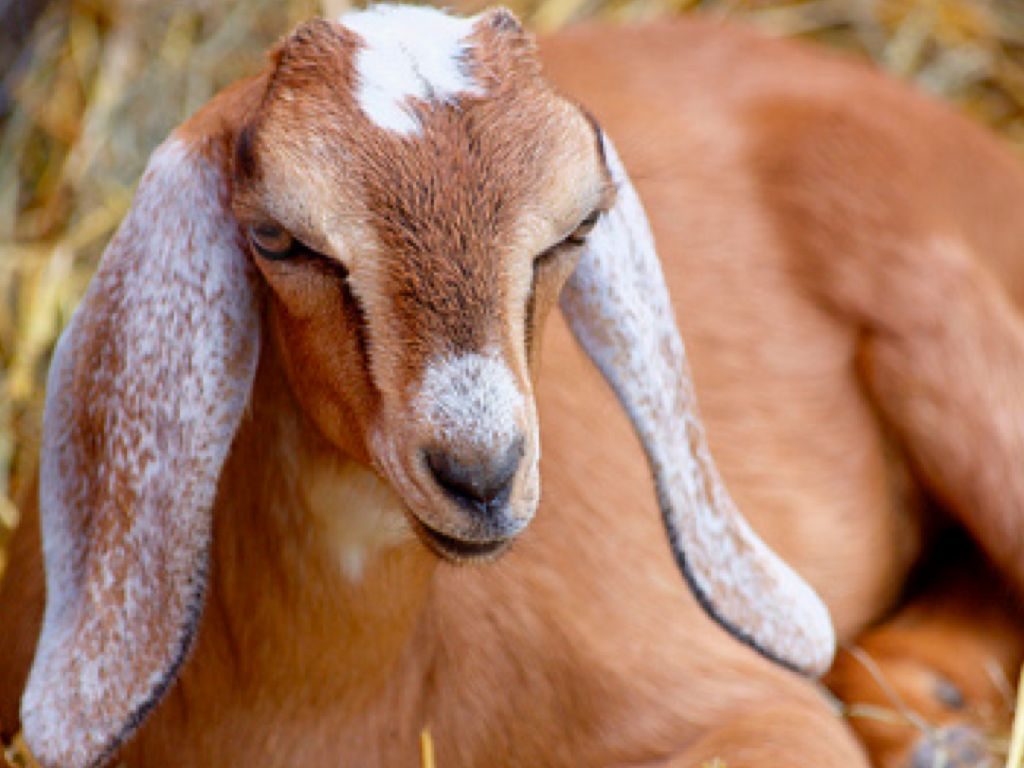

Next Episode
We’ll have our last visit to the farm in our next episode.
Go to the Episode 43 page.